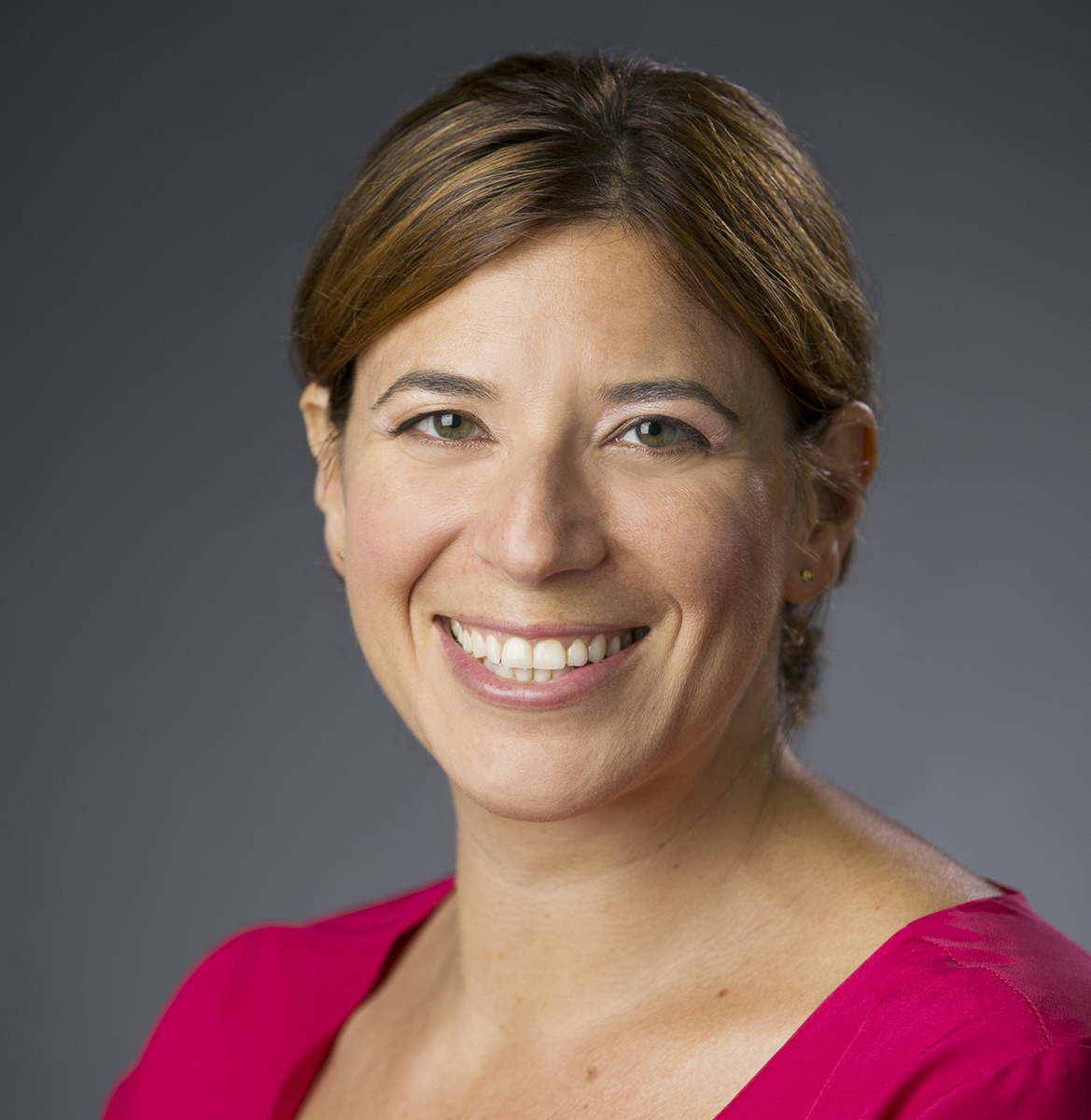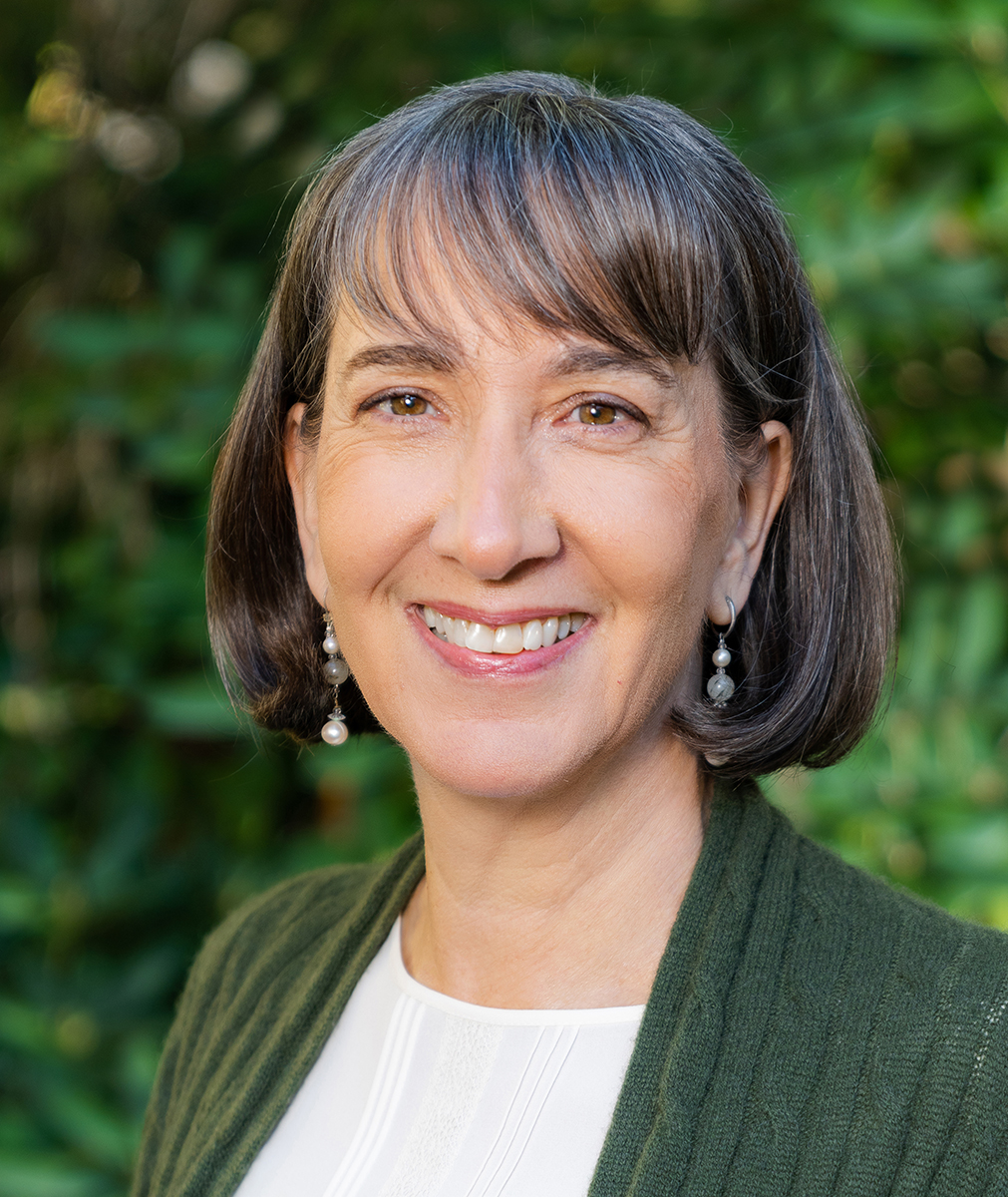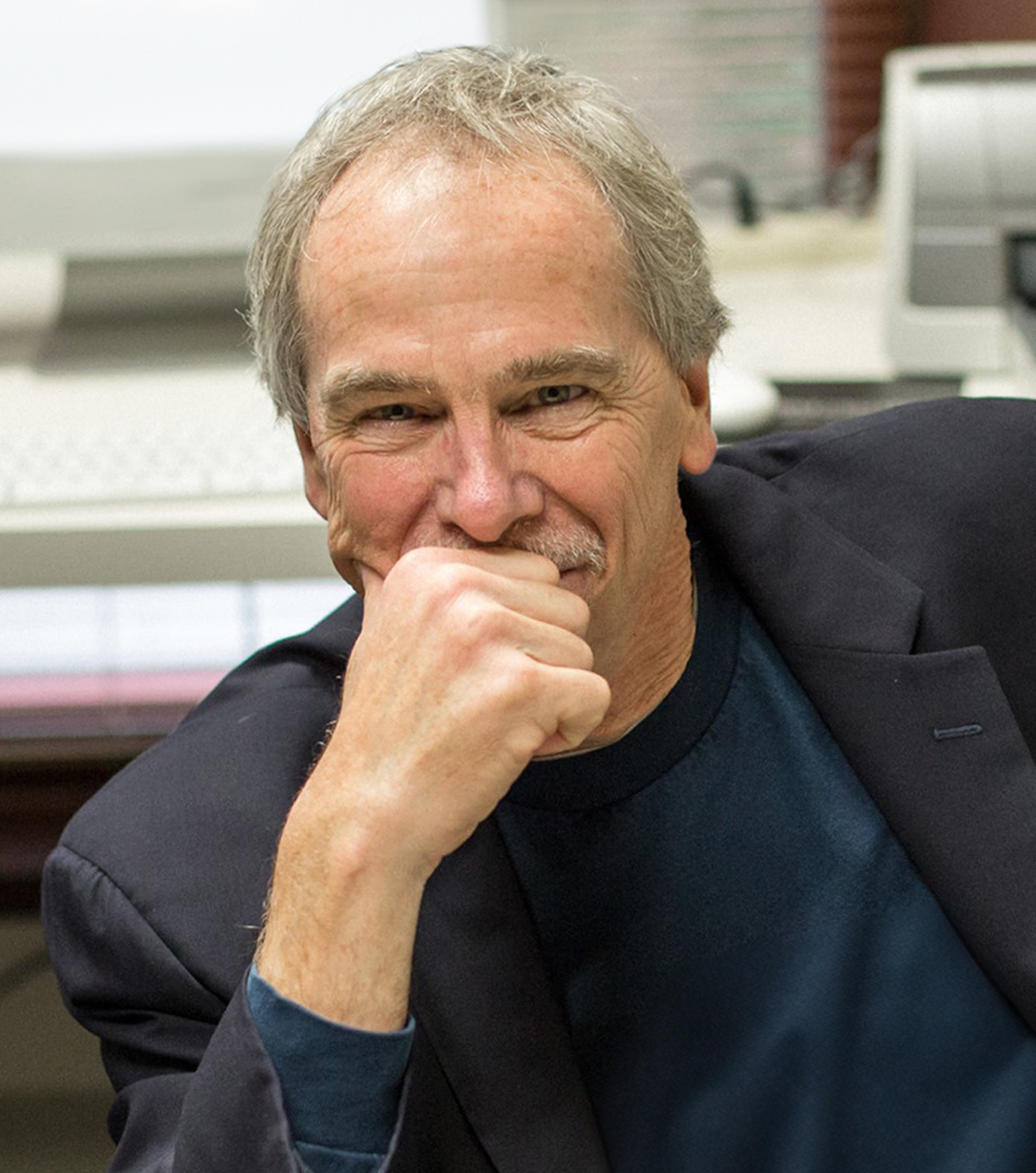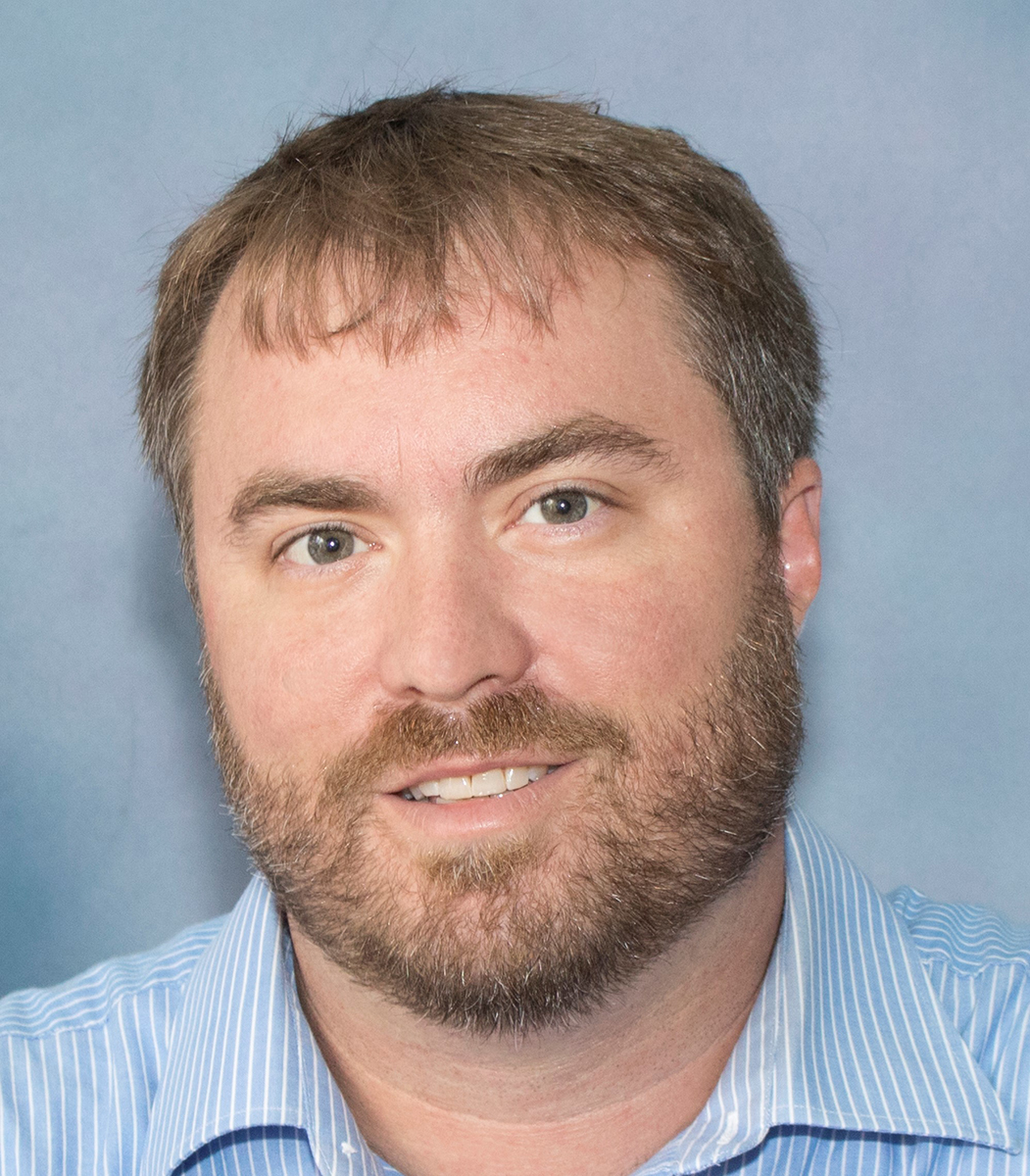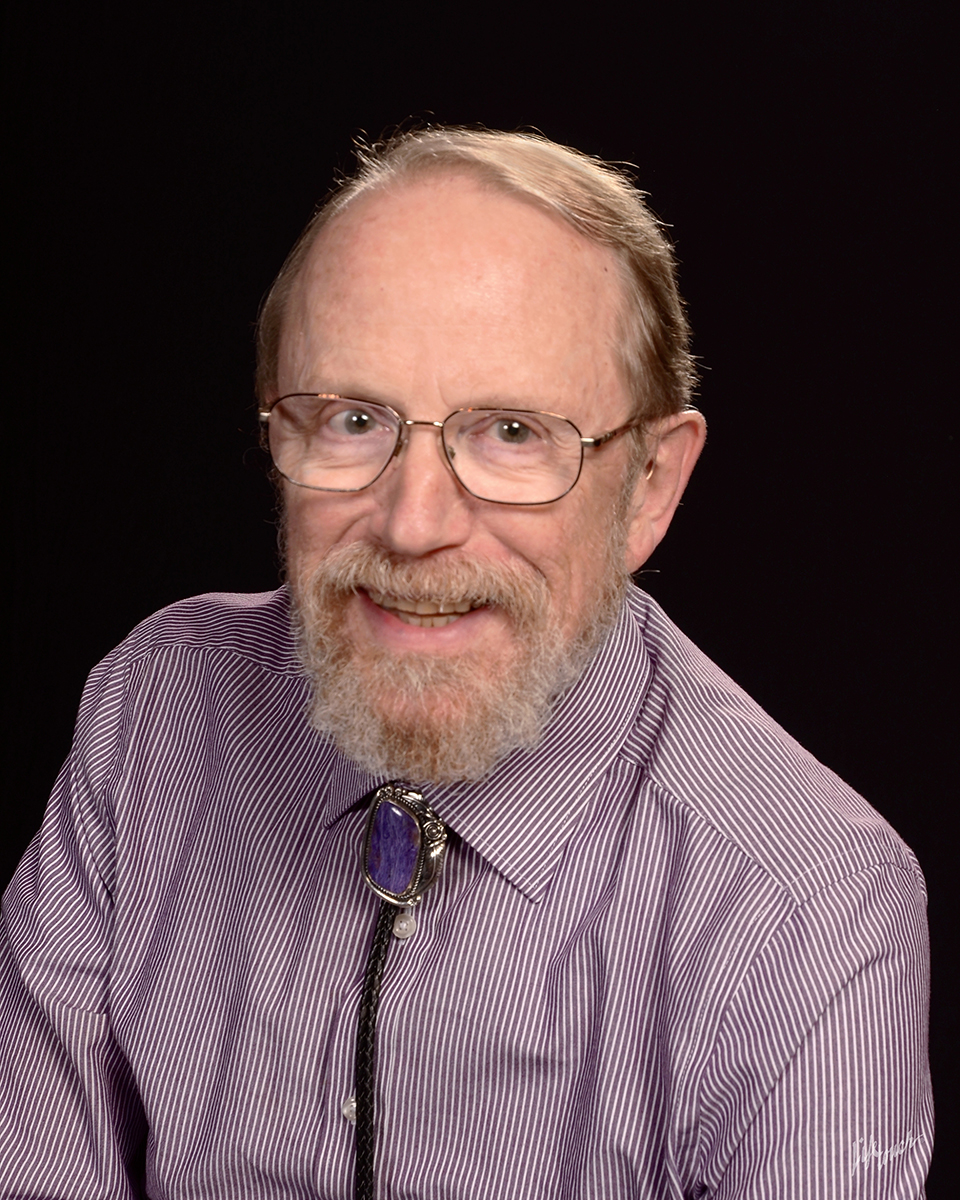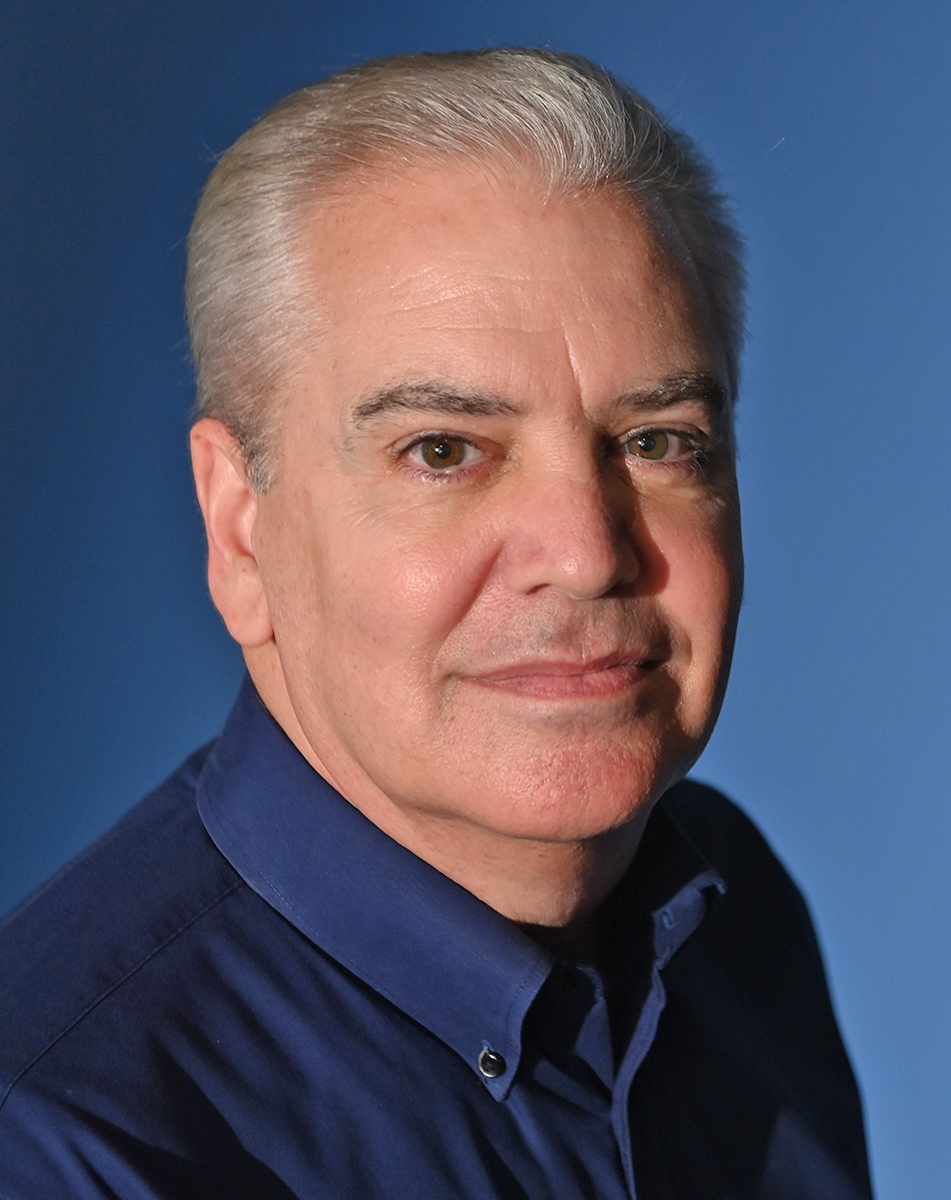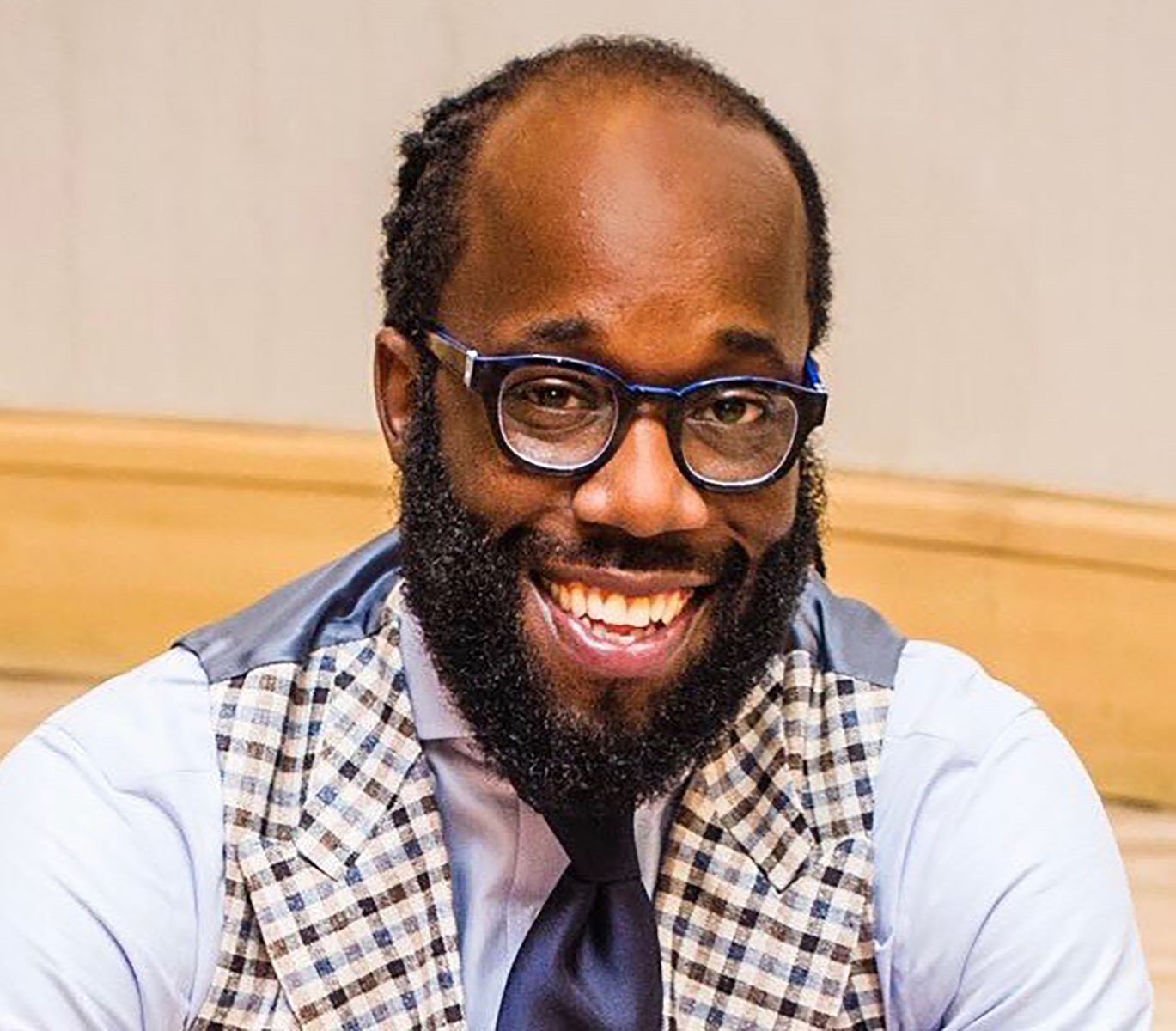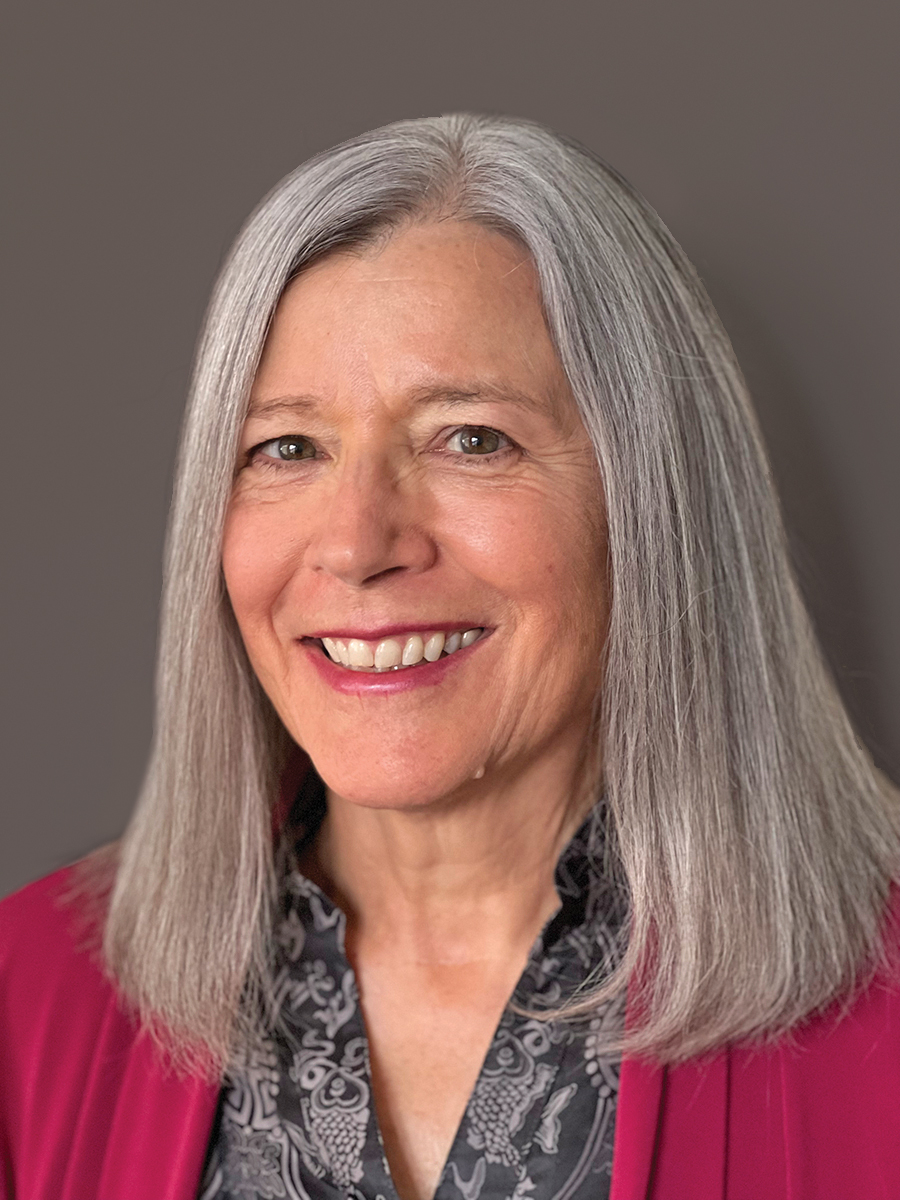Q&A with the Author
- What made you decide to write this book?
- What was the hardest part of writing it, and what was the easiest?
- What is one important lesson or message you hope readers take away from the book?
- Are there any other books that greatly influenced your writing process and/or your research?
- What led you to your specific area of study (the subject of your book)?
- Tell us one fascinating thing about the topic.
- Are there any common misconceptions about the topic?
- What advances do you hope we will see in the next 10 years?
- What made you decide to go into the field of mental health?
- When you are not working, what do you do for fun?
- What is your all-time favorite book?
- Is there a project that you are excited to work on next? (A presentation, a workshop, writing another book, etc.)
Tell us more about your latest book!
What made you decide to write this book?
I wrote this book alongside my longtime mentor and colleague, John Weisz, with whom I’ve had the good fortune to work for over a decade on several research and clinical projects focused on supporting mental health providers who serve youth and families. We began working on FIRST on the heels of a large study where we had been training and providing consultation to community-based mental health therapists treating youth with anxiety, depression, traumatic stress and misbehavior problems. On that project, we were really struck by how challenging it is for front-line providers to deliver effective, scientifically supported treatments for youth and families given the diversity and complexities of their caseloads. They had to organize a lot of information from different areas of research, and sometimes there were really similar therapeutic strategies based on similar theoretical mechanisms of but the strategies would go by a different name when applied to, say, anxiety versus depression. We thought it would make learning and implementing effective treatments easier if this overlapping information could be consolidated into a manageable number of common “principles.”
We also wanted to capitalize on two really important sources when we were developing FIRST—the knowledge from the considerable evidence base reflecting the benefits of cognitive-behavioral and behavioral therapies for youth, and the knowledge from the practice-base of frontline therapists who are the end-users for a treatment manual. With support from NIMH, we were able to convene advisory groups of expert treatment developers (including David Barlow, Alan Kazdin, Philip Kendall, John Lochman, and Kevin Stark) and youth community based therapists who informed the content and the structure of our earliest draft of FIRST, which we first tested in an open trial in 2011. Since FIRST was intentionally developed to reflect core principles and procedures of some of the most potent evidence-based treatments, we also drew from a host of excellent clinical researchers who have developed and tested those treatments over the past five decades. Our goal was always to find a way to make the vast knowledge about how to help youth and families more available and flexible for end-user providers, and we could not have done it without the help of these other scientists and practitioners.
When we decided to make the FIRST manual available as a book, we got very excited about refining it even further based on the feedback from the three research studies we’ve completed. Since the original trial, even more information has become available about how to treat youth, so it was exciting to integrate this into the book. We also thought about some of the things we wished we’d had available during the studies and the feedback from therapists who used FIRST, and tried to address as much as we could.
What was the hardest part of writing it, and what was the easiest?
The most challenging part was balancing the focus on broad principles of change with specific and detailed procedural advice for therapists. I really believe that it is important for providers to understand how specific strategies or procedures map onto the theorized mechanisms of change, such as engaging in behaviors that provide corrective learning. At the same time, I know that some therapists really like to see detailed procedures, especially when trying out something new. We hope we achieved that balance!
The easiest part for me was coming up with the clinical examples—we’ve been so lucky to work with many generous therapists, caregivers, and kids over the years whose experiences always inspired these examples.
What is one important lesson or message you hope readers take away from the book?
There are a lot of really important tips for providing effective, evidence-based services for kids and families in FIRST, most of which were originally developed and tested by others (for example, that treatment of misbehavior is best mediated through caregivers, or that activating the fear response is essential in treating anxiety), but I think the meta-message of FIRST is that many effective interventions share a common set of principles of change, and that applying these principles to individual youth and family clients can result in effective, personalized care.
Are there any other books that greatly influenced your writing process and/or your research?
So many! As I have said already, we would not have been able to write FIRST without the work of many other clinical scientists whose own effective treatments informed ours. To name but a few: Behavioral Activation with Adolescents: A Clinician’s Guide; Trauma-Focused CBT for Children and Adolescents; Defiant Children: Third Edition: A Clinician’s Manual for Assessment and Parent Training, and OCD in Children and Adolescents: A Cognitive-Behavioral Treatment Manual. Phil Kendall’s Child and Adolescent Therapy: Cognitive Behavioral Procedures was also a fantastic resource. I also have to mention the treatment manual by Bruce Chorpita and John Weisz, Modular Approach to Therapy for Children with Anxiety, Depression, Trauma, or Conduct Problems (MATCH-ADTC) for its innovation in re-thinking how we package effective practices for youth and families.
We are interested in learning more about your expertise.
What led you to your specific area of study (the subject of your book)?
My clinical training in graduate school was focused on evidence-based treatments, and I remember very clearly my confusion when I started having clinical experiences in community mental health settings and saw relatively few of those treatments being used. Then, as I started working with more—and more complex—clients, I came to realize that it was sometimes very challenging to apply the things I had learned in graduate school with these populations or in these contexts (for example in schools or in settings without access to treatment manuals). There are a lot of barriers that make it hard for therapists to use scientifically supported treatments for kids and families, including the diversity of training backgrounds, limited time and resources to expend on becoming expert in any one treatment approach, and the tremendous diagnostic diversity and complexity of caseloads. I discovered it firsthand, even though I was already well-trained and really committed to these approaches. That led me to be interested in effectiveness and implementation research.
I also have had the great fortune to have led trainings and provide consultation for dozens of community therapists all over the country and in a few other countries, so I’ve given a lot of thought to what kind of scaffolding best supports therapists in their use of evidence-based treatments. A lot of my work, which is also represented in this book, is thinking about how the core components of interventions can be better transmitted to therapists and, through them, to youth and families.
Tell us one fascinating thing about the topic.
Even though historically scientifically supported treatments have tended to focus on distinct diagnoses (such as depression) or clusters of similar diagnoses (e.g. anxiety disorders), the overwhelming majority of youth who are seen in community mental health settings have more than one impairing diagnoses. It turns out that when therapists are faced with this sort of comorbidity, they are much more likely to turn to novel, unsupported approaches and move away from the evidence base—for me, this really underscores the need for flexible, transdiagnostic treatments that are created with complex, comorbid cases in mind.
Are there any common misconceptions about the topic?
So many! I think in general, some therapists really worry that using a manual like FIRST gets in the way of the therapeutic alliance or limits their creativity. In fact, lots of research on evidence-based therapists suggests that therapeutic alliance is very strong when therapists use these approaches. As far as creativity, we very deliberately leave a lot of room for therapists to infuse the treatment with their own metaphors, activities, games, and so on. Therapists are experts in the youth and families they treat, and FIRST is meant to complement that expertise, but could never replace it.
What advances do you hope we will see in the next 10 years?
I would love to see advances in basic and brain science—and in the study of treatment mediation—that help us better understand how principles of change work in therapy. I’d also hope to see more psychosocial treatment research done with linguistically and culturally diverse youth and families so we know more about whether our best evidence is effective for all, beyond those well-represented in research.
What made you decide to go into the field of mental health?
I always was very interested in children and was a babysitter and camp counselor throughout my adolescence and young adulthood. I went to a small college, Kenyon College, that happened to have a particularly strong Psychology department, and I got a lot of encouragement from the faculty there that I should pursue further education in this field. While I was figuring out where to go next I worked as a research assistant at Massachusetts General Hospital and got to know Ross Greene just as he was first developing what would later become his really well-known and helpful treatment manual. I remember he had a guiding belief, “Children do well if they can.” That really resonated with me and I realized I wanted to help children, and their families, “do well” as my career.
Now a little bit about you…
When you are not working, what do you do for fun?
I used to have a lot of hobbies, including long-distance running, yoga, reading short stories, and cooking ambitious new recipes. Now as a mother to a toddler, I have mostly paused those activities and spend a lot of time at playgrounds, singing the “Frozen” soundtrack, and playing hide-and-seek. I love to spend time out in the Texas Hill Country with my family, and traveling to other cities to see family and friends. To unwind, I watch a lot of reality television (more than I care to admit!).
What is your all-time favorite book?
I don’t have one favorite book—that’s like choosing a favorite child. I love short stories and essays, and always return to Chuck Klosternman’s books and Ellen Gilchrist’s collections.
Is there a project that you are excited to work on next? (A presentation, a workshop, writing another book, etc.)
I’m really looking forward to training more therapists in FIRST now that the manual is being published. My co-author and I have also been thinking about how some of this information might be really helpful for parents—so in the back of my mind, I am giving some thought to what that book might look like. And my research lab is going to be working on an exciting project in pediatric primary care—thinking about how some of the principles of change in child behavior might be best conveyed to physicians so that they can provide even more support for healthy child development.
See all titles by and read more about Sarah Kate Bearman on her author page!
